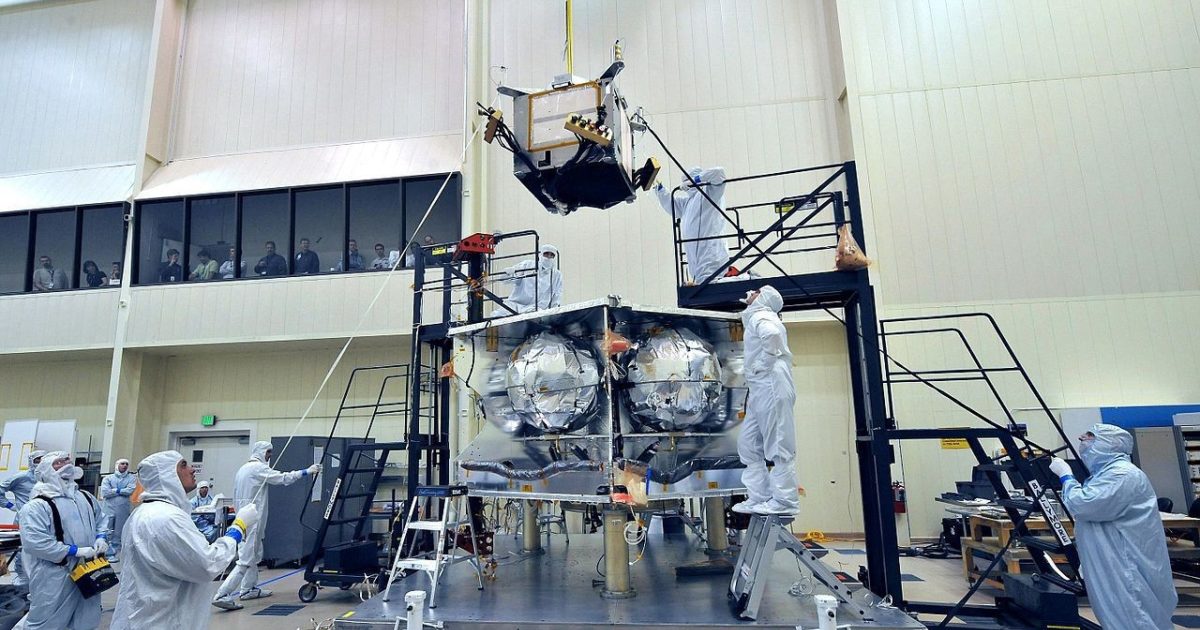Incandescent bulbs for use in traffic signals came in two power levels; the largest (for the current 12” indication) drew 133 watts. It was rated at 130 volts. Expected life was 8000 hours. The smaller bulbs (for 8” indications) had a life of 10,000 hours.
The LED modules that have replaced the bulb and reflector have an expected life (at 50% reduction in output) of 100,000 hours. And they draw one-tenth the power. They are more expensive to buy, but with lower lifecycle costs. Incandescent bulbs are no longer used by anyone to my knowledge.
Class D has the efficiency advantage going in to reduce lifecycle costs. But I turn my amps off when not in use, so idle draw for me is zero. Heat management is often an implementation issue, however.
@restorer-john is there anything you would do to a new Hypex amp to minimize heat issues?
Rick “whose AB amps use unobtanium transistors, by the way” Denney



